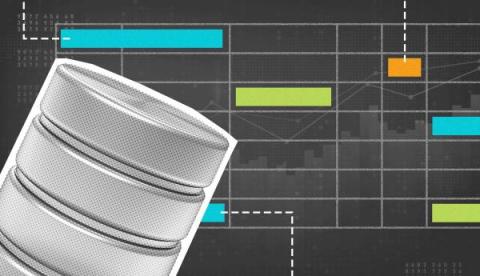Getting Started With Azure Database for PostgreSQL
Open-source software (OSS) relational database management systems (RDBMSes) are becoming incredibly popular in the cloud computing world. In this article, I’ll discuss one of the most popular OSS relational databases, PostgreSQL, and the options you have for this database in the Microsoft Azure cloud. It’s worth noting these products are large with many detailed aspects, so consider this article a cursory, high-level overview of each offering.










